Hemp material is strong and durable while still being comfortable. And because it grows free of chemicals, it is a healthy and environmentally conscious material for everyday wear.
Features of hemp fabric production
Hemp is unique among other crops in that every part of the plant has utility and potential market value.
Interesting fact! In 1941, Henry Ford built a car out of plastic made from hemp and wheat straw.
The stems of the plant can be processed to create a natural fiber that is ideal for clothing, canvas, rope and more. But why is it more sustainable for use in clothing?
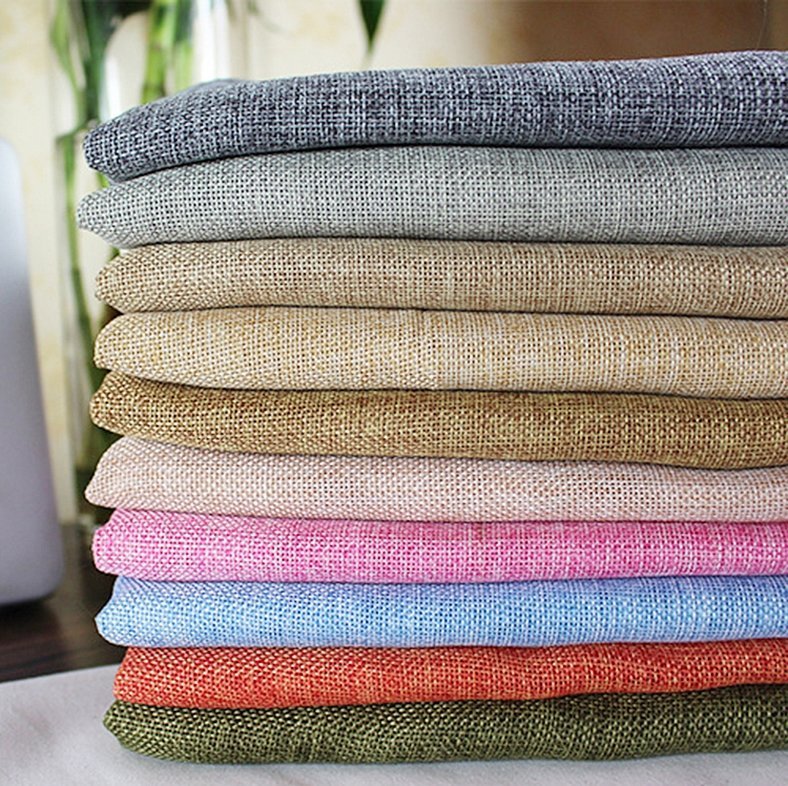
Like cannabis, cotton is a natural fiber. However, cotton cultivation accounts for a significant portion (perhaps as much as 25%) of the pesticides and insecticides sprayed on the world’s crops. These chemicals can leach into the soil and surrounding water systems, negatively impacting the environment. Cotton also uses extremely large amounts of water and only produces it once per growing season, making it an inefficient crop for creating clothing and other fabrics.
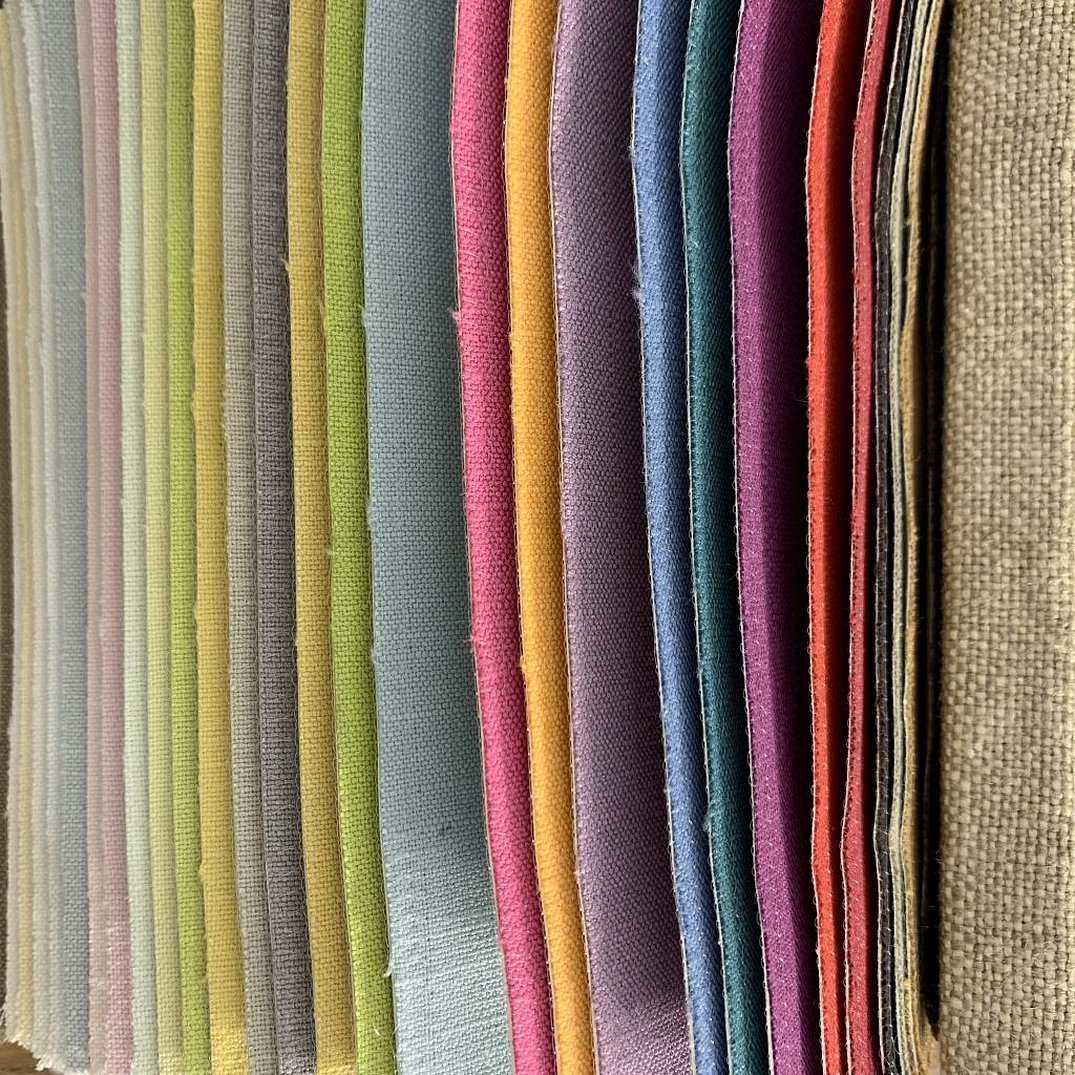
Cannabis can be grown without chemicals, keeping pollutants out of the local ecosystem and out of the end products of the hemp. It can be planted close together and takes up much less space and requires less water than cotton to produce useful material, reducing its impact on the environment. In some regions, cannabis crops can be grown twice or more times in a growing season, further increasing its overall sustainability.
Interesting fact! George Washington and Thomas Jefferson grew hemp on their plantations. In fact, the colonial government sanctioned people to grow cannabis. Settlers used hemp fiber as money and to pay taxes.
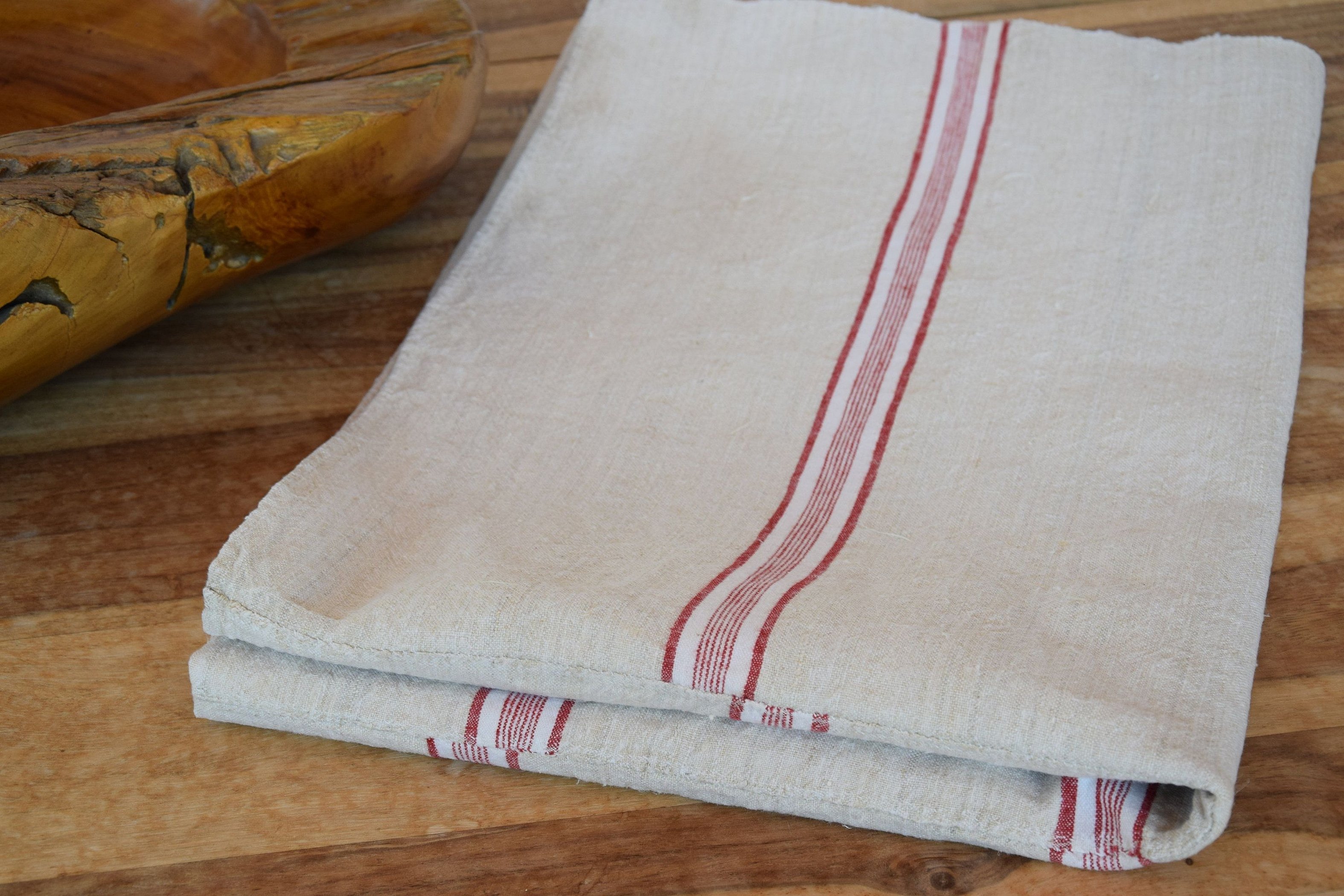
Properties and technical characteristics of the material
Cannabis is called the “fiber of a hundred uses.” Its importance to the economic and daily life of our ancestors cannot be underestimated. It was an important part of the textile, paper, rope, and oil industries. Indeed, cannabis was so important in England in the 16th century that King Henry VIII passed an Act of Parliament that fined farmers who failed to grow the crop.
In addition to textiles, cannabis is also used in paper production. The oldest sheet of paper – over 2,000 years old – was discovered in China and is made from hemp. Before 1883, between 75% and 90% of all paper in the world was made with hemp fiber. Cannabis paper can also be recycled more times than wood paper.

Hemp is a bast plant similar to flax, kenaf, jute and ramie. The long, thin primary fibres on the outer part of the stem characterize bast plants. It was probably first used in Asia.
Interesting fact! Hemp is also one of the bast fibers known to ancient Asians long before the birth of Christ.
The main fiber of the hemp plant is attached to the core fiber by pectin, a soluble, gelatinous carbohydrate similar to glue. The main fibers of hemp can be used for blends, reinforcements, and pulp and specialty paper. Timber - like the core fiber of the hemp plant can be used for animal bedding, garden mulch, fuel, and a variety of building materials. It also produces seed oil, which contains 25 to 35% oil by weight, which is high in essential fatty acids considered essential for maintaining health.
Cannabis can also be called sativa. Yes, marijuana comes from the same genus of plants – and hops, used to make beer for thousands of years. But what is called “industrial” is a different variety (or subspecies), called Cannabis sativa sativa. Marijuana comes from Cannabis sativa indica, which is bred to contain between 5-10% of the intoxicating chemical delta-9 tetrahydrocannabinol, or THC. Industrial hemp, Cannabis sativa sativa, contains less than a tenth of that amount.
Cannabis sativa could be an important crop for producing locally produced, environmentally friendly textiles.
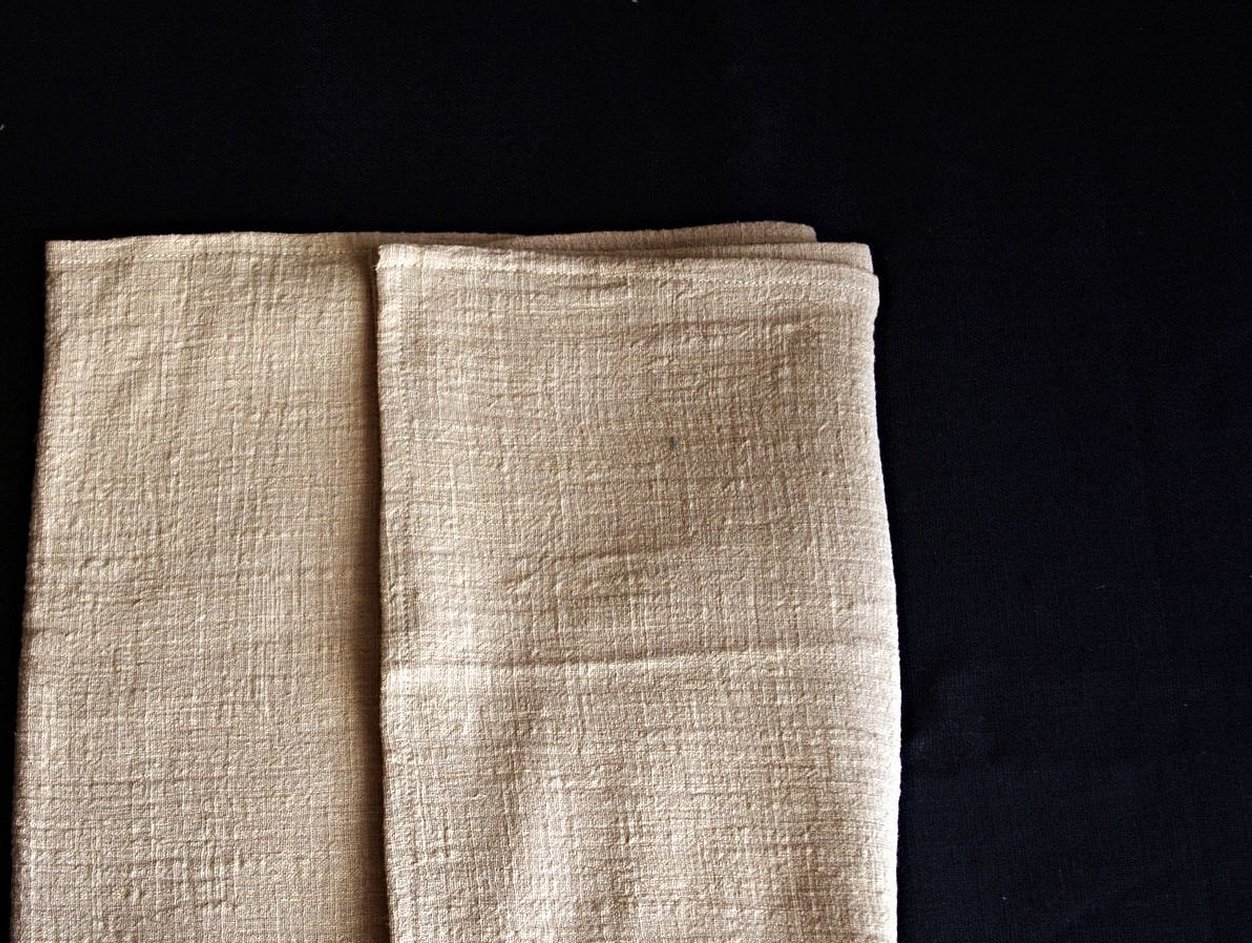
It is an annual plant that grows from seed. It can be grown in a variety of soils, but it grows best in soil that produces high yields of corn. The soil should be well-drained, rich in nitrogen, and non-acidic. Hemp requires limited pesticides because it grows so quickly and attracts few pests.
Hemp is a traditional fiber crop that has been important for centuries to meet our needs for textiles, paper and oils. It is easy to grow organically. That is, without the need for artificial pesticides, herbicides or fertilizers, so it can make an important contribution to a sustainable future. Cotton production, on the other hand, requires large amounts of pesticides.
Among the characteristics of the fiber, it is worth noting:
- Durability: Hemp fiber is super strong and durable and is actually much stronger than cotton, which also makes hemp clothing durable.
- Antibacterial. The fabric is antimicrobial, antibacterial, and resists the action of harmful bacteria.
- Eco-friendly. Farming hemp does it in an environmentally friendly way, using very little water.
- Resistant to weather changes. Hemp clothing maintains temperature conditions.
Hemp fashion is still in its infancy, but there are many hemp clothing brands that are making great strides in the hemp clothing industry.
Interesting fact! The original Levi Strauss jeans were made from hemp.
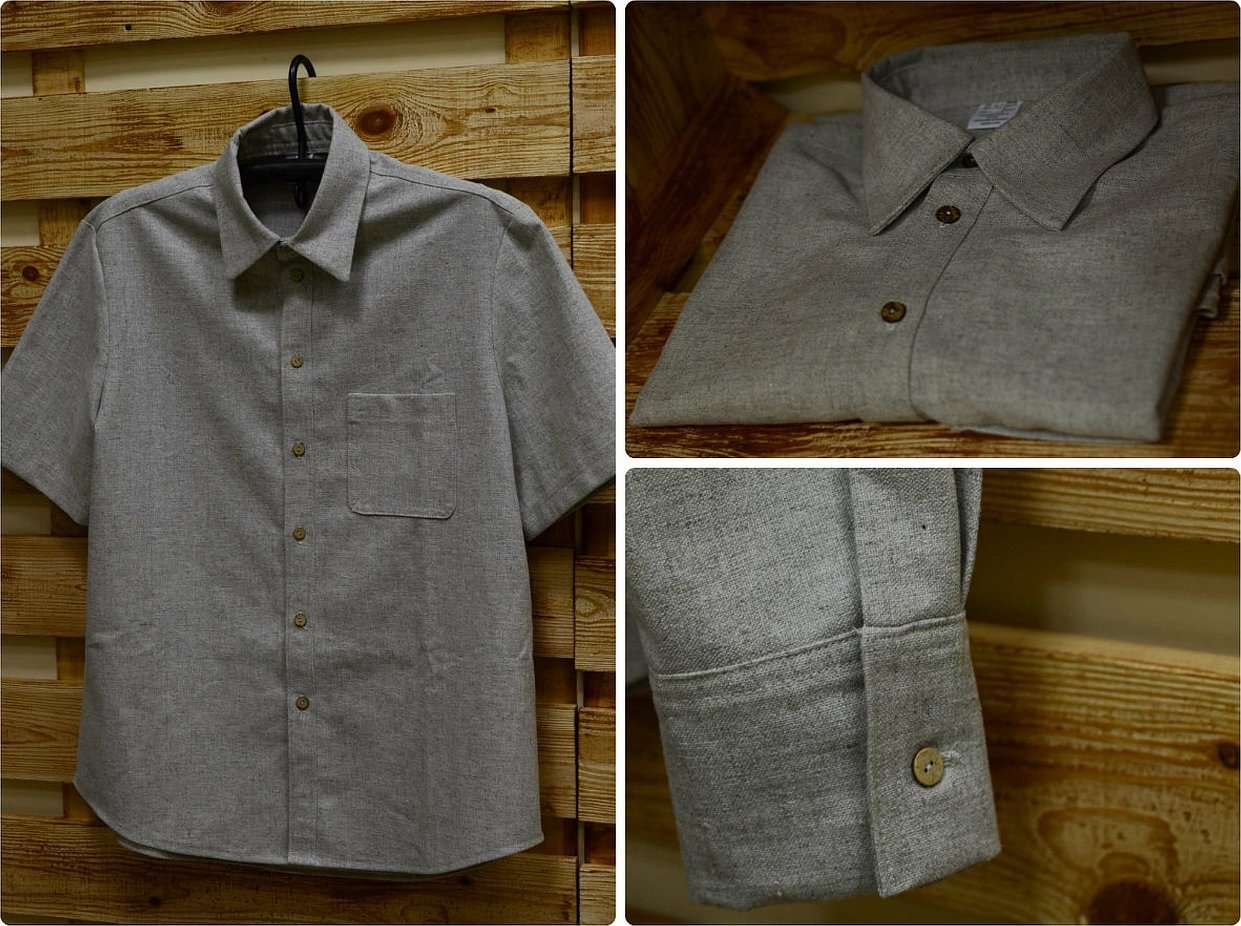
Is there any benefit to the fabric for the body?
Hemp has long been known as a miracle crop for its versatility, and one of the best uses for hemp would be clothing. Hemp is perhaps the most sustainable fabric you can find for making clothing. It doesn’t need pesticides to grow, uses very little water, and helps replenish the soil so that new crops can grow soon after harvest. Cannabis also grows very quickly and can grow in almost any climate.
Hemp canvas has the following advantages:
The fiber is actually more porous and breathable.
- Mildew resistant.
- Cannabis fiber is approximately 8 times stronger than cotton.
- Fiber can and should replace harmful synthetic plastic fibers wherever they are used.
Interesting fact! On July 4, 1776, the Declaration of Independence was written on cannabis paper.
Interestingly, materials made from hemp have been found in tombs dating back to 8,000 B.C. George Washington sailed on ships equipped with sails and ropes.
It was widely grown in colonial America by numerous farmers, including D. Washington and T. Jefferson.
Also, for example, B. Ross sewed the first American flag from hemp.

For thousands of years, cannabis has traditionally been used as an industrial fiber. Sailors relied on cannabis ropes to hold up their ships and sails, and the coarseness of the fiber made hemp useful for canvas, sailcloth, sacks, rope, and paper.
While cannabis fiber was the industry's first choice, the coarseness of the fiber limited cannabis to clothing and home use.
It needed to be softened. Traditional methods of softening plant fibers used acids to remove lignin, a type of natural glue found in many plant fibers.
While this method of removing lignin worked well with cotton or linen, it weakened the hemp fibers and left them too unstable to use. So it remained an industrial fabric.
Interesting fact! In the mid-1980s, researchers developed an enzymatic process to successfully remove lignin from hemp fiber without compromising its strength.
For the first time in history, degummed hemp fiber could be spun alone or with other fibers to produce textiles for clothing. This technological breakthrough catapulted hemp fabric to the forefront of modern design and weaving techniques. Given the superiority of hemp over other fibers, the benefits of this breakthrough are enormous.
Features of application in clothing
This fabric is used in various types of clothing. The main areas of application will be discussed below.
Hemp Jeans
For the vast majority of intelligent people anywhere on the planet, jeans are the greatest clothing invention in the history of human civilization. They look good. They feel good. They are appropriate for (almost) any social occasion. The good ones last forever. And they are popular enough that you can find them in specifications that will cling to your body in a sophisticated way. Cannabis denim is soft and comfortable. It does not have the stiff texture of cotton denim.
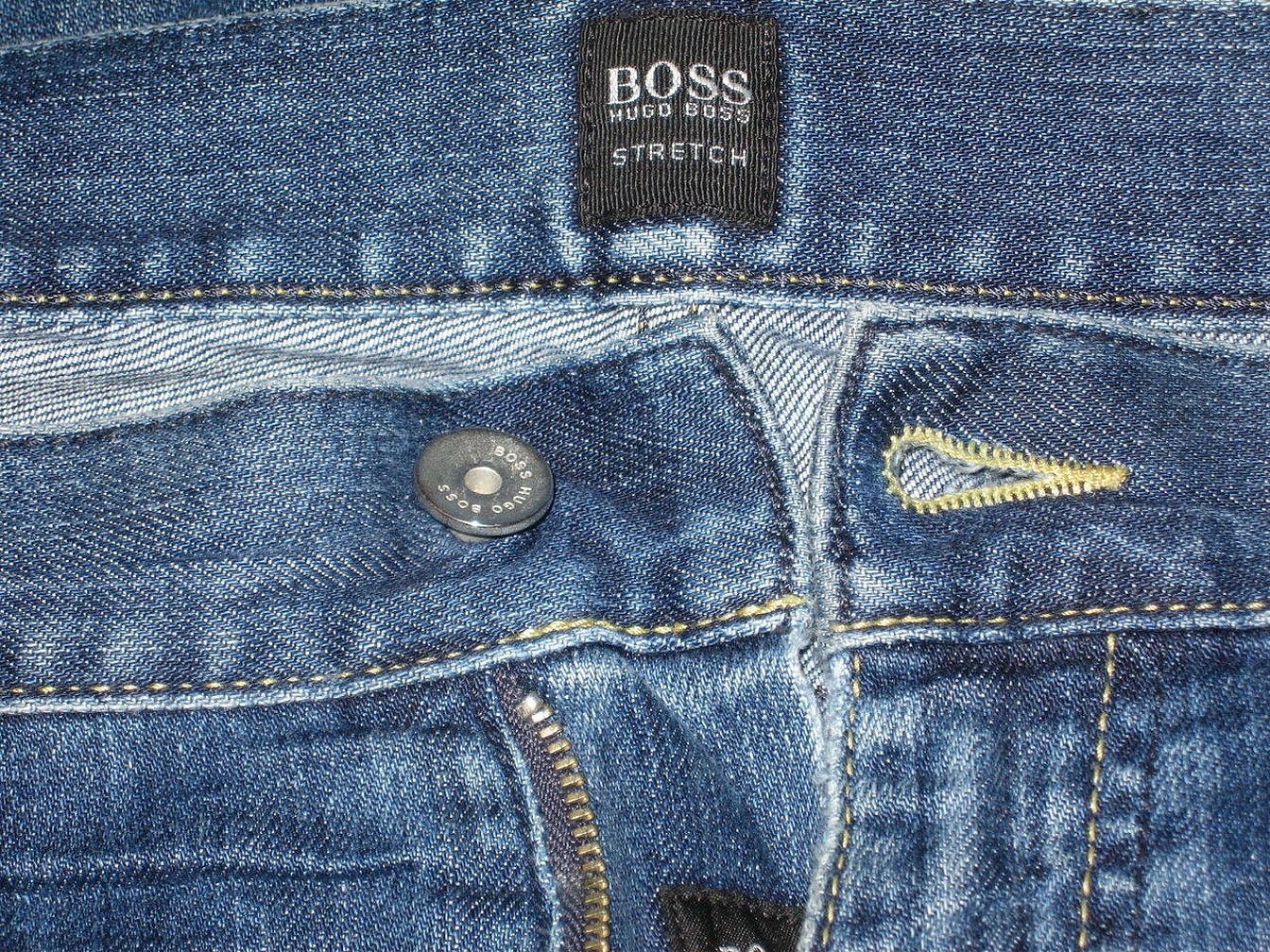
Cannabis fabric is a cool fabric for jeans and a lot of other things, and we don't bother using it because we're all stupid.
Hemp shirt
Cannabis fabric has a number of positive properties, both in terms of performance and sustainability, which makes you wonder why you need a cotton shirt when you can have a cannabis shirt, t-shirt, dress shirt, blouse, shirt, pants or jeans that have benefits such as:
- Durability. Hemp fabric was first used by sailors, but later it was used for sewing clothes, as the material had an incredible property - durability.
- Maintains moisture levels.
- Regulates temperature. Paradoxically, cannabis can keep you warm in winter and cool in summer.
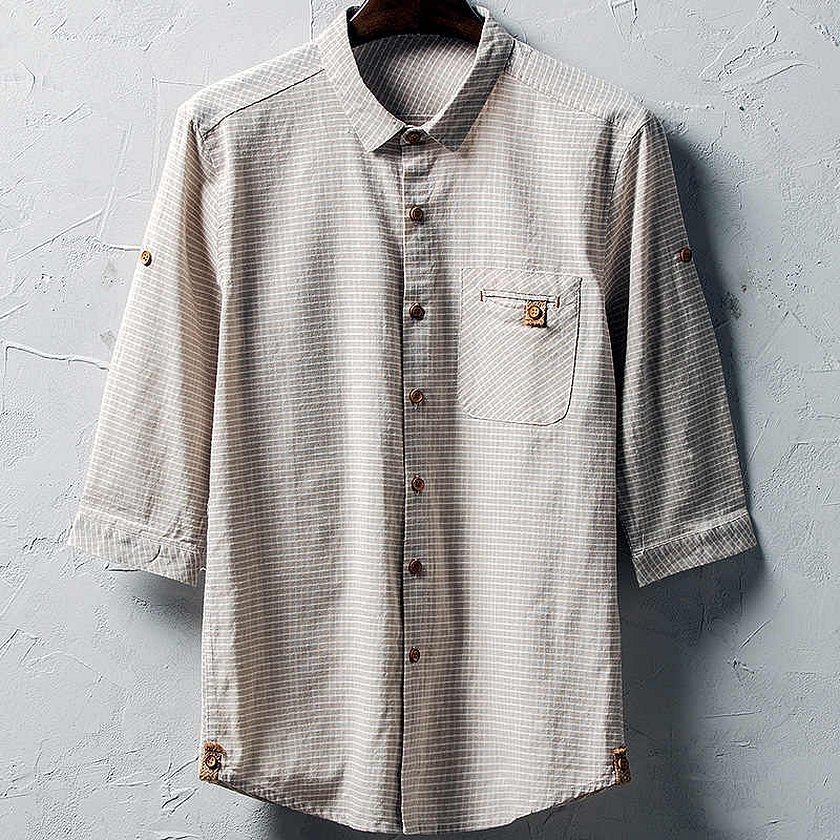
Caring for Hemp Clothing
Proper care of your hemp clothing will help it last longer. Here are some helpful tips you can use:
- Washing: The clothes are strong and can be washed regularly in the washing machine or by hand. Hemp clothes can
- Drying: The material is porous (meaning it has lots of tiny holes), which allows the fabric to dry much faster. A great way to save energy is to simply hang your hemp clothes.
- Iron: The best way to smooth out clothes made from this material is to iron it while it is still damp.
- Stain treatment: Do not use any type of bleach.
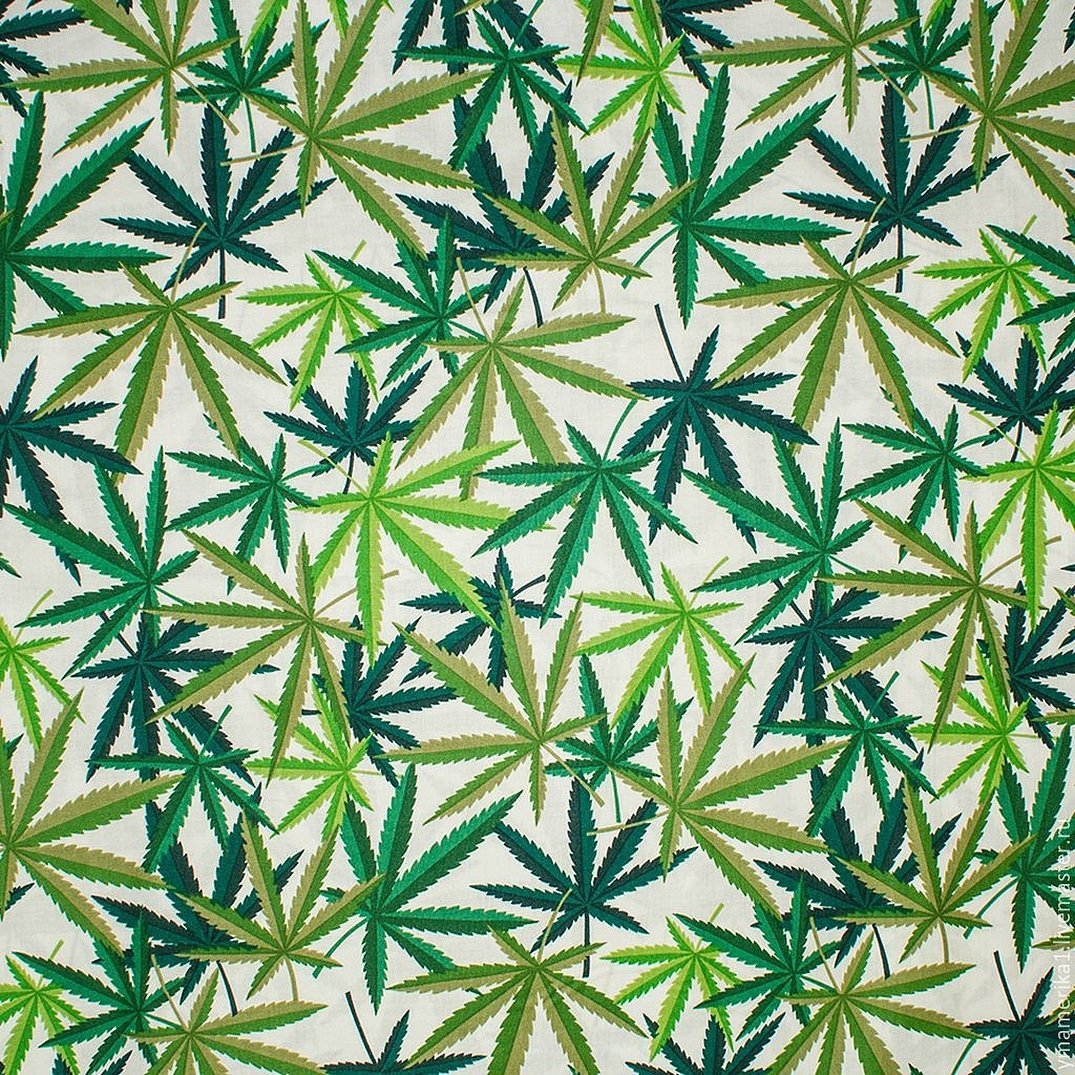
Hemp fiber is one of the strongest and most durable of all natural fabric fibers. Products made from this material will outlast the competition for many years to come. Hemp is not only strong, but it also holds its shape, is more elastic than any other natural fiber.




